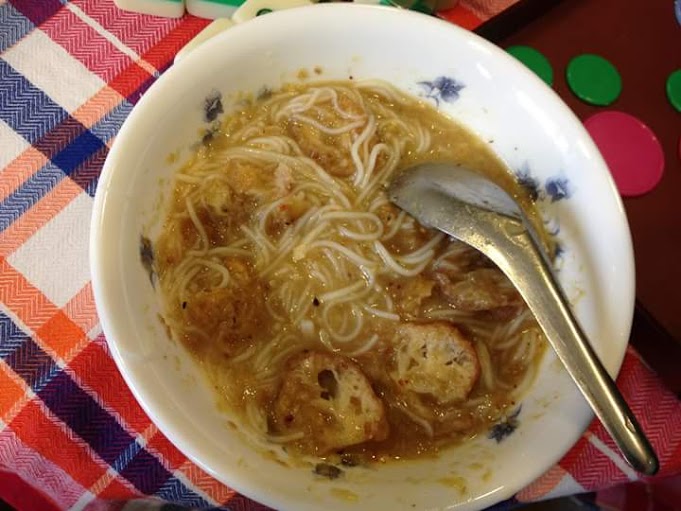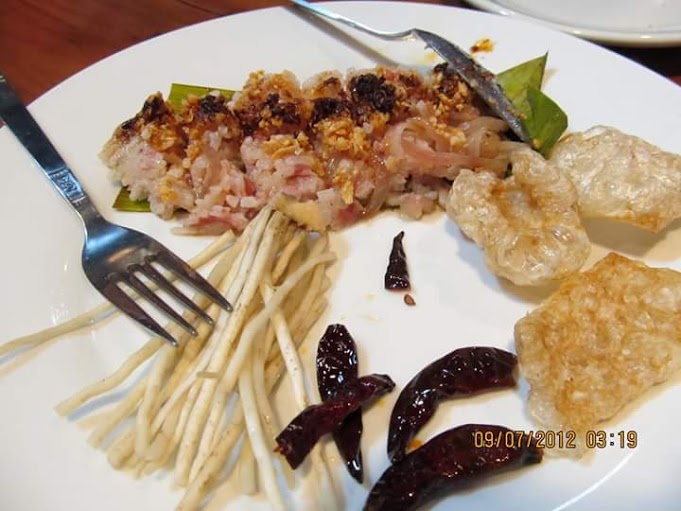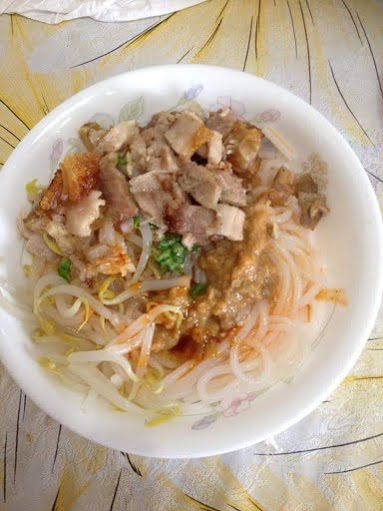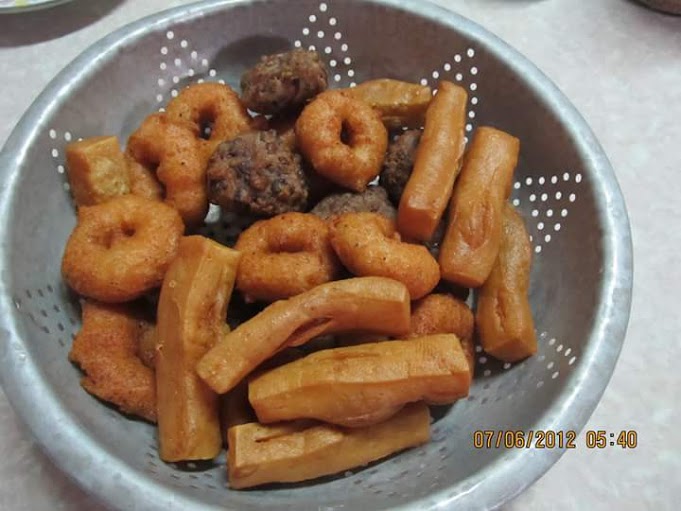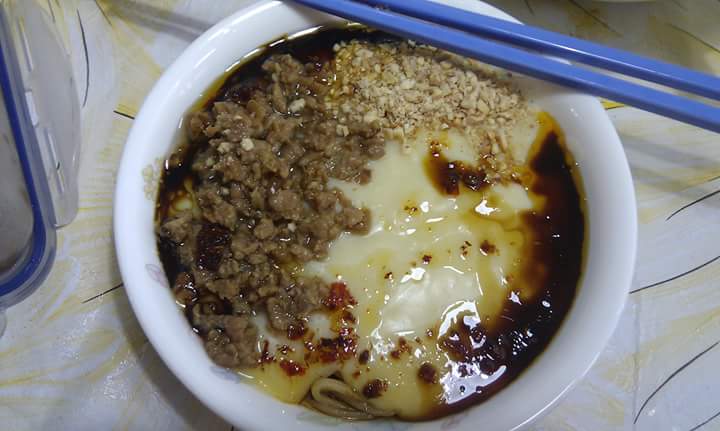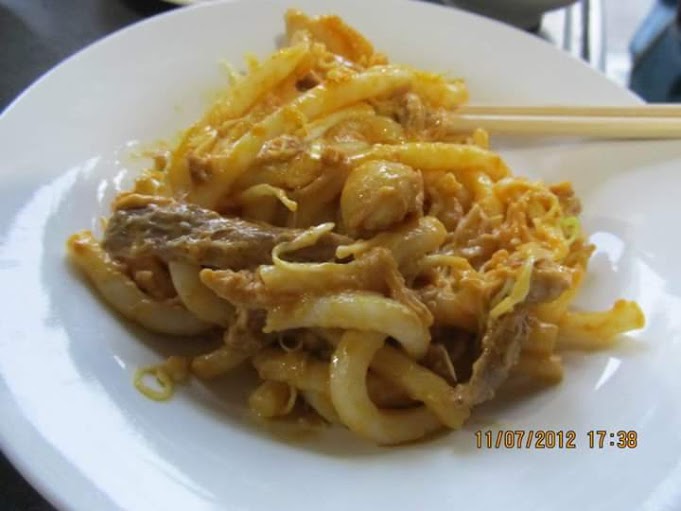Myanmar boasts of a cuisine made its own by the subtle touch of multiple ethnic groups present in the country. It’s less spicy than other Asian counterparts yet it does carry some essence of Chinese, Indian and Thai cuisine.
To some of us out there who rarely see anything other than processed food, Myanmar would appear as a paradise for fresh food and abundant fruits. All dishes and drinks are concocted using the freshest hand-picked vegetables, fruits and seeds which add that extra touch of sparkle to any dish we bite in to.
Regional Dishes
- Southern region
- White rice is usually accompanied by a generous collection of curries or soups made with fresh vegetables, fruits, meat and fish products.
- Mawlamyine, Ngapali and Ngwe-Saung
- Delicious shell fish and a wide variety of sea food dishes are served with the fresh catch of the day at many sea side restaurants of these busy coastal villages. Suffice it to say that these delicacies would suite any type of budget and will definitely treat your taste buds to a new found aromatic tingle.
-
Inle Lake
- These river side villages boast of a local delicacy called Htamin Jin; a combination of rice, tomato, potato, boiled fish gently marinated in a source made with local herbs and spices.
- Northern and inland region
- They enjoy a generous diet of chicken, fish and mutton as their staple dishes though it is not unlikely to come across dishes made with other meat products.
- Shan Capital, Taunggyi
- Shan noodles (rice noodles) served in steamy chicken curry or soup is a preferred delicacy among these villages for which it is famed in and around the region.
- Mohinga (rice noodles) served in mouthwatering fish soup is a typical breakfast (but can be found at any meal time) of this part of the country
- Myitkyina and other northern towns
- Kachin Fish steamed in local herbs and spices is another specialty in this cold region.
Inspired dishes
-
Indian Inspired
- Danbaum, Burmese style biryani with either chicken or mutton served with mango pickle, fresh mint and green chili
- Fried chapati, crispy and blistered, with boiled peas
- Halawa, a snack made of sticky rice, butter, coconut milk
- Hpaluda, similar to the Indian dessert falooda this is made out of a mixture of rose water, milk, jello, coconut jelly, coconut shavings, sometimes served with custard and ice cream
- Nan bya, Burmese style naan buttered or with mutton soup
- Palata, Burmese style paratha with egg or mutton
- Samusa, Burmese-style samosa with mutton and onions served with fresh mint, green chilli, onions and lime./li>
-
Chinese inspired
- A sein kyaw made out of cabbage, cauliflower, carrot, green beans, baby corn, cornflour or tapioca starch, tomatoes, squid sauce
- Hpet htohk made with meat, pastry paper, ginger, garlic, pepper powder, salt. Usually served with soup or with noodles.
- Htamin jaw fried rice with boiled peas
- Kawyei khao swè, noodles and curried duck soup with eggs.
- Mi swan, soft rice noodles, it is usually served in chicken broth.
- Panthay khao swè, halal noodles with chicken and spices, often served by the Muslim Panthay Chinese.
-
Shan Inspired
- Meeshay-rice noodles with pork and/or chicken, bean sprouts, rice flour gel, rice flour fritters, dressed with soy sauce, salted soybean, rice vinegar, fried peanut oil, chilli oil, and garnished with crisp fried onions, crushed garlic, coriander, and pickled daikon/mustard greens
- Shan tohu, a type of tofu made from chick pea flour or yellow split pea eaten as fritters or in a salad.
-
Mon Inspired
- Durian jam – A type of jam made out of a local fruit
- Nga baung thohk – Mixed vegetables and prawn, wrapped in morinda leaves with banana leaves outside.
- Sa-nwin makin – dessert cake made from a mixture of semolina, sugar, butter, coconut
Facts
- Traditionally Burmese eat at a low table in the street or sitting on a mat made of bamboo.
- Burmese people eat with their right hand, Chopsticks and Chinese-style spoons are used for noodle dishes but forks and knives will be available for you wherever you go.
- Burma is a paradise for vegetarians with its plentiful fresh fruit and vegetable supply.
- Don’t expect English menus at small tea houses and way side stalls. Things will be of course easier once you learn some Burmese names of local dishes; if not, simply point at what you want.
- Since the amount of oil and salt added to some curries might not be up to our western taste, you can always request to add less salt and oil.
- Though adding a different tinge to your taste buds Burmese food preparation might not be of the same standard as it is in the West. It is wise to carry your medical kit with you, Dioralyte for rehydration and Loperamide for diarrhea.
- Restaurants and bars close up during the early hours of the night (9 p.m.) except in the main cities.
- Western food will be more expensive than other dishes and can be found in many main cities. But understandably the taste and the quality will be different from real Western food except at star hotels and restaurants.
Where to eat
-
Way side treats at food stalls
- An easy way to enjoy cheap local dishes ranging from rice noodles to banana pancakes is to stop over at one of the petite way side stalls located in and around every city and village. You get a variety of Western, Indian, Thai, Chinese and local dishes depending on your location.
-
Tea houses
- These traditional tea shop restaurants are a meeting place for the young, old and the able to discuss life, business or just to relax among one’s friends. These will not only offer you Myanmar Green tea (sweet, milky and plain) or instant coffee (not very tasty) with a small snack (samosa, a bite of noodles or rice simmered in fish or meat), but also the chance to meet up a few locals and just sit back and relax watching street life unfold in front of you.
